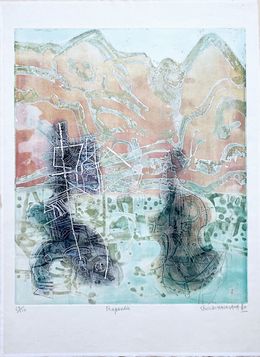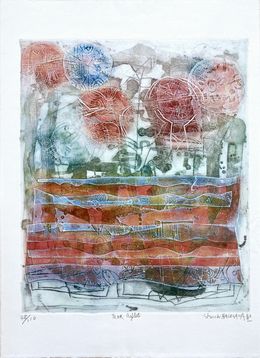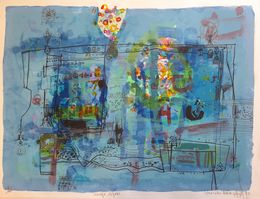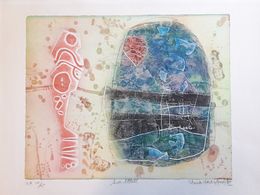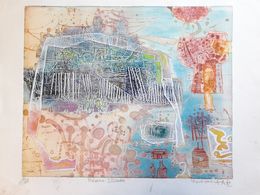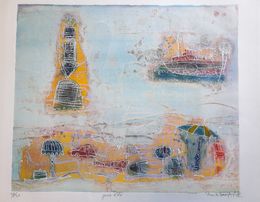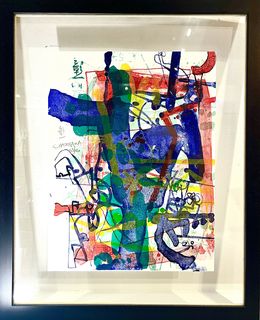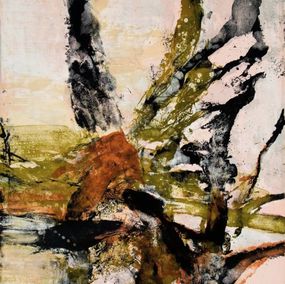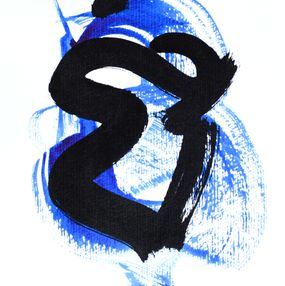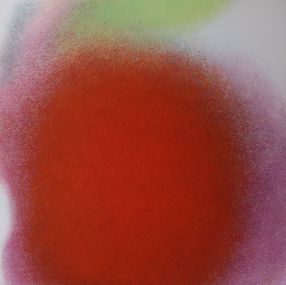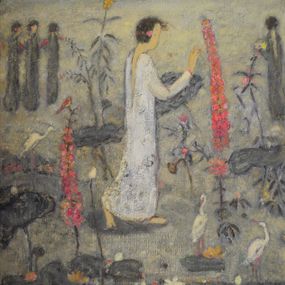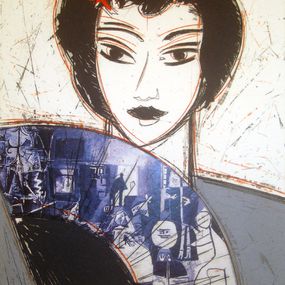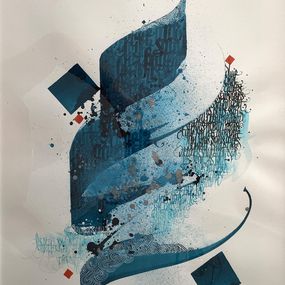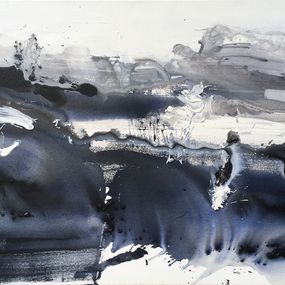
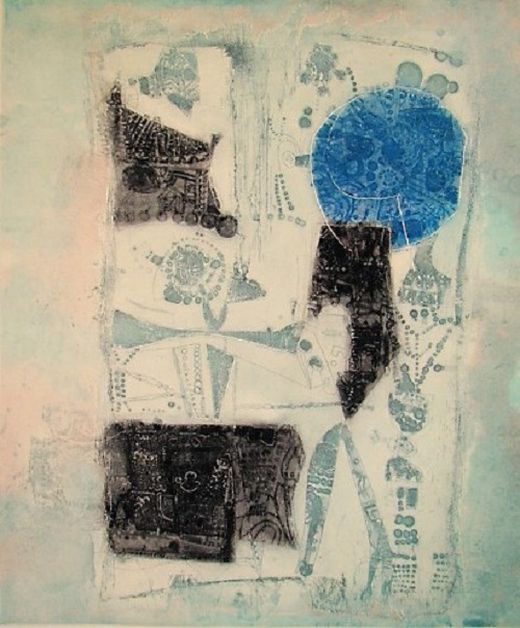
Japan
• 1929
Biography
Japanese engraver and painter born in 1929 in Yaizu (Japan) and known worldwide, Shoichi Hasegawa came to Paris in 1961 to deepen his knowledge of the techniques of etching in color and acquires such mastery that it is very quickly recognized by several international engravings awards. American and European museums have also been able to capture the artistic impact by enriching their collection of painted and engraved works by Hasegawa, a link between Eastern and Western sensibilities. This duality is reflected throughout his work where the firmament of his symbolic and secret writing plays with suggested colors and midtones, transparent and always harmonious. The painter-engraver and his work “The firmaments in which Shoichi Hasegawa's engraved work is entangled punctuate his creative process open to the long journey of the imagination between the East and the land of the impressionists. His inner quest proceeds from animated shimmers of colors and harmonies as personal as they are luminous. In search of new dimensions, the young painter steeped in Japanese tradition joined the NIKA group (modern painting) in 1955 and realized his dream in the 1960s by settling permanently in France. From then on, its graphic expression is characterized by dualities: tradition-modernism, abstraction-figuration, East-West. He very quickly adapted the techniques of engraving that he discovered some thirty years ago with Hayter at Atelier 17. In his own way, he went beyond classical etching and aquatint processes to conquer its own artistic space by an alchemy between varnish, essences and acids. The superposition of the inks creates secondary or tertiary tones and veils the luster of the paper around the line bitten by the acid, the relief of which is sculpted and white on the print. The colors endowed with a range of very different values translate by their frail transparency the precariousness of an instant. The gaze, always confronted with the movement of light, sometimes settles on the profiles of nature or of legendary vessels and then flies off towards a myriad of faunic or abstract signs. From each of his engravings emerge, evanescent, a multitude of formal details such as the dream of a city memorized in the depths of our consciousness or the architecture of a snowflake which soars in ethereal nimbuses. His graphic creation, beyond the artistic sign nourished by evocation as well as abstraction, takes off from a technical arpeggio that is however regularly challenged in order to mediate the interior appeal to the best of its delicacy. Shoichi Hasegawa's engravings reflect a poetry resulting from the orientalist climate and Western modernism where happy, fruitful and mysterious emotion extends the aesthetic manifesto. Emanation of an active spiritual life, each print charged with energy bears witness to an unparalleled renewal whose echo approaches happiness ”. François Calvy Important dates 1946 Just after the war, he began painting in the studio of Master Koga in Yaizu. 1951 He moves to Tokyo where he begins his artistic activities. 1957 First solo exhibition in Tokyo. 1959 “Galerie Tokyo”, the largest and most famous gallery in Tokyo, opens its door to him and offers him to participate in an exhibition. 1961 Exhibits at the Franco-Japanese Institute in Tokyo just before leaving Japan. Shoichi Hasegawa leaves Japan for France with his wife to learn the technique of color etching in the famous "Atelier 17" under the direction of SW HAYTER where Picasso and Miro and many other important artists had learned engraving before him. 1965 He wins the purchase price of the Museum of Modern Art at the International Biennial of Engraving in Ljubljana. 1968 Obtains first prize for engraving at the international exhibition in Como, Italy. 1972 International Prize for the “Third Civilization” exhibition in Tokyo.
Read more
Nationality
Categories
Artistic movements
Themes
Discover the movements linked to Shoïchi Hasegawa
Discover similar artists
Discover our selections of works by artists
Need help finding your favorite? Consult our selection pages made for you.
Need to know more?
What are their 3 main works?
What is Shoïchi Hasegawa’s artistic movement?
The artistic movements of the artists are: Abstract Japanese Art
When was Shoïchi Hasegawa born?
The year of birth of the artist is: 1929





